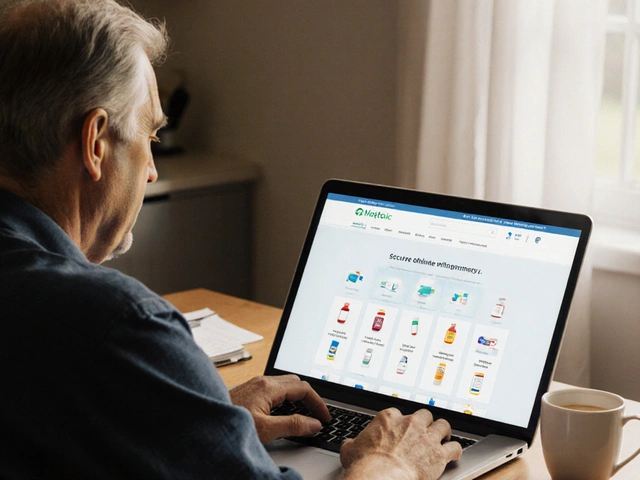Ampicillin — Uses, Dosage, Side Effects, and Practical Tips
Ampicillin is a common antibiotic from the aminopenicillin family. Doctors use it for infections like bronchitis, middle ear infections, some urinary tract infections, Listeria infection, and certain meningitis cases. It works by stopping bacteria from building their cell walls. That action kills many Gram-positive organisms and some Gram-negative ones. But it won’t work on bugs that make beta-lactamase enzymes unless combined with an inhibitor.
Quick dosing & administration
Typical adult oral doses are often 250–500 mg every six hours for mild to moderate infections, though severe infections need higher or IV dosing in hospital. Children are dosed by weight; pediatric recipes vary a lot, so follow the exact prescription. Some oral forms absorb better on an empty stomach, so many labels advise taking them one hour before or two hours after meals. If you miss a dose, take it when you remember unless it’s almost time for the next one—don’t double up. Always check with your prescriber or pharmacist before changing dose or stopping early.
Side effects, allergies & resistance
Side effects are usually mild: diarrhea, nausea, and skin rashes are the most common. Serious allergic reactions to penicillin can cause hives, facial swelling, breathing trouble, or anaphylaxis—seek emergency help if that happens. Ampicillin can also trigger Clostridioides difficile overgrowth, which shows as severe, persistent diarrhea. Many bacteria make beta-lactamase and are resistant to plain ampicillin; labs often run sensitivity tests so doctors can pick the right drug. When resistance is a concern, clinicians may use ampicillin combined with a beta-lactamase inhibitor like sulbactam.
Tell your provider about other medicines you take. Some drugs—especially certain anticoagulants and methotrexate—can need closer monitoring when antibiotics are added. If you’re pregnant or breastfeeding, ampicillin is commonly used but talk with your clinician to weigh benefits and risks. Never take ampicillin if you have a known penicillin allergy.
Practical safety tips: always finish the full course even if you feel better, don’t save leftovers, and don’t share antibiotics. Ask for culture and sensitivity testing if your infection is not improving. If symptoms don’t improve within 48–72 hours, or if you get worse, contact your doctor. Also call if you develop high fever, yellowing skin, severe belly pain, or signs of an allergic reaction.
Storage: keep tablets at room temperature in a dry place. Some liquid formulations need refrigeration—check the label. Dispose of expired or unused medicine safely at a pharmacy take-back or according to local rules.
Ampicillin is a useful option when it matches the bacteria causing an infection. The most important parts of safe use are confirming the diagnosis, following dosing instructions, watching for allergy or severe side effects, and checking for resistance. Your healthcare provider or pharmacist can answer specific questions about dosing, interactions, and monitoring for your situation.




